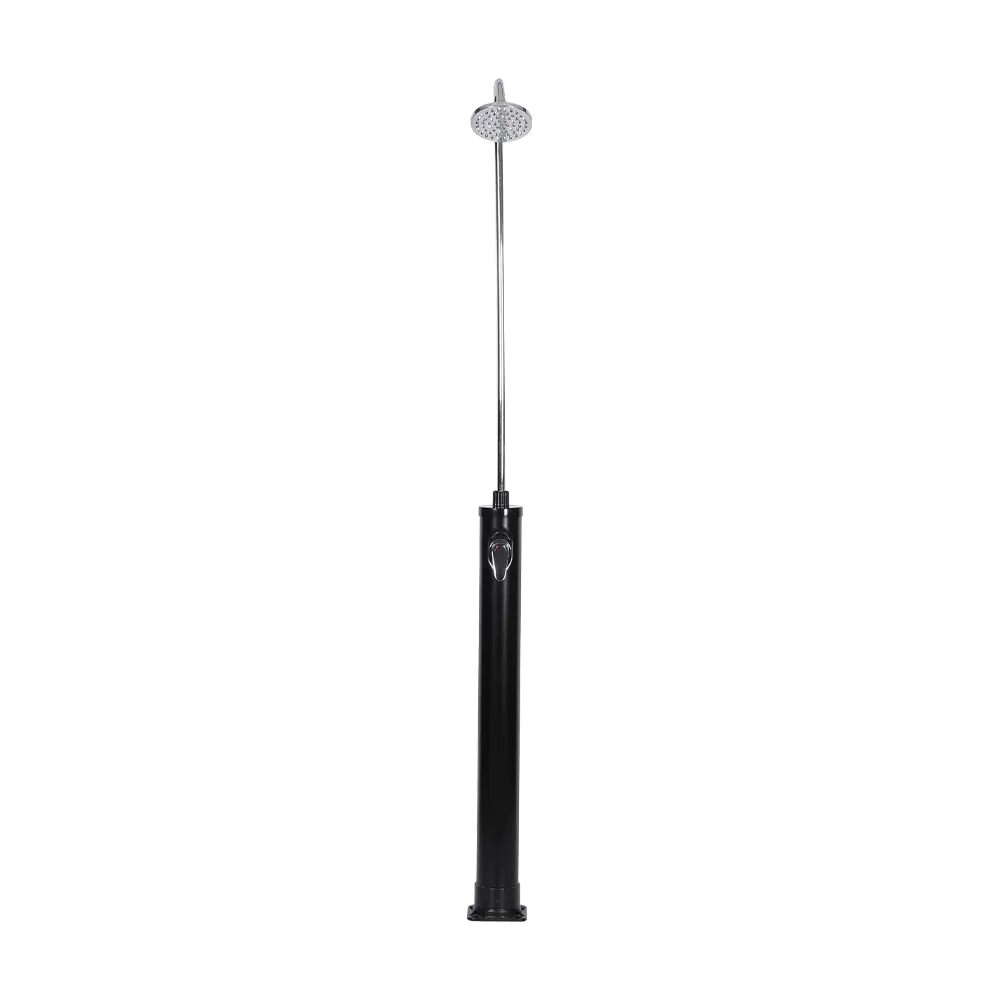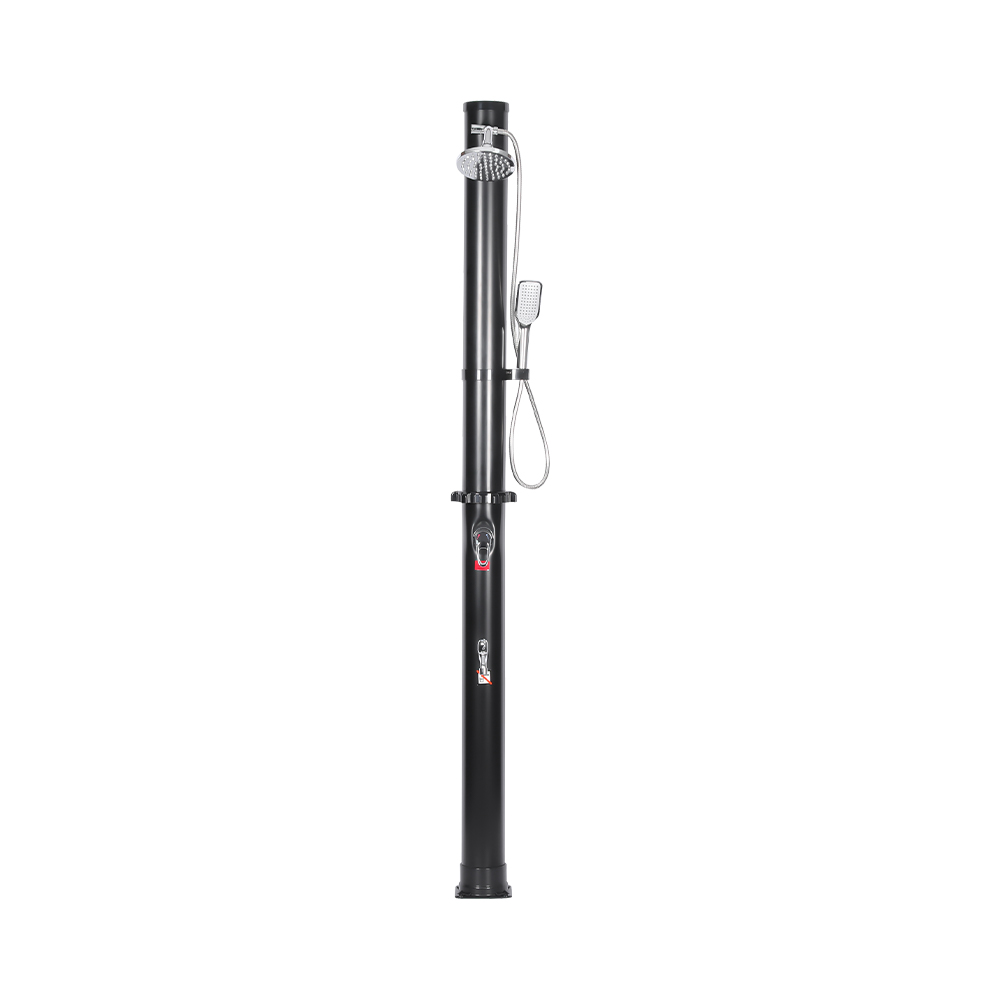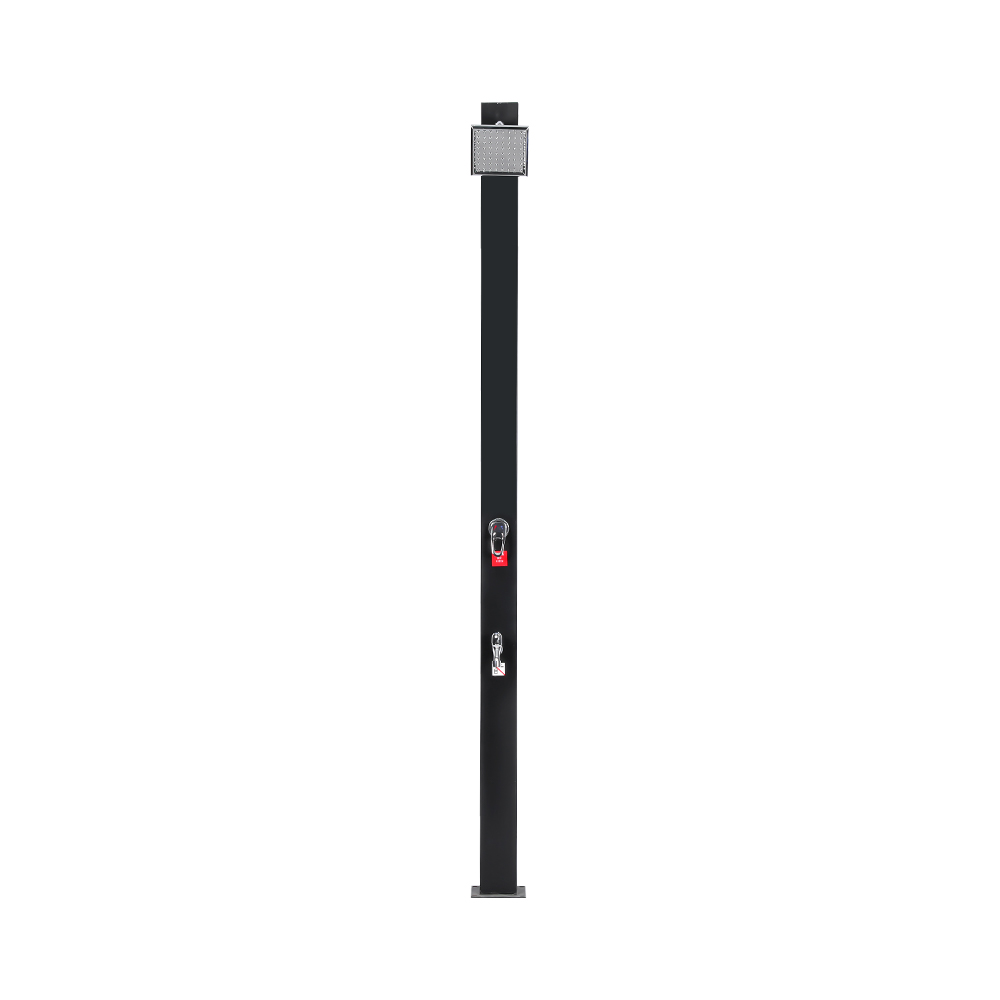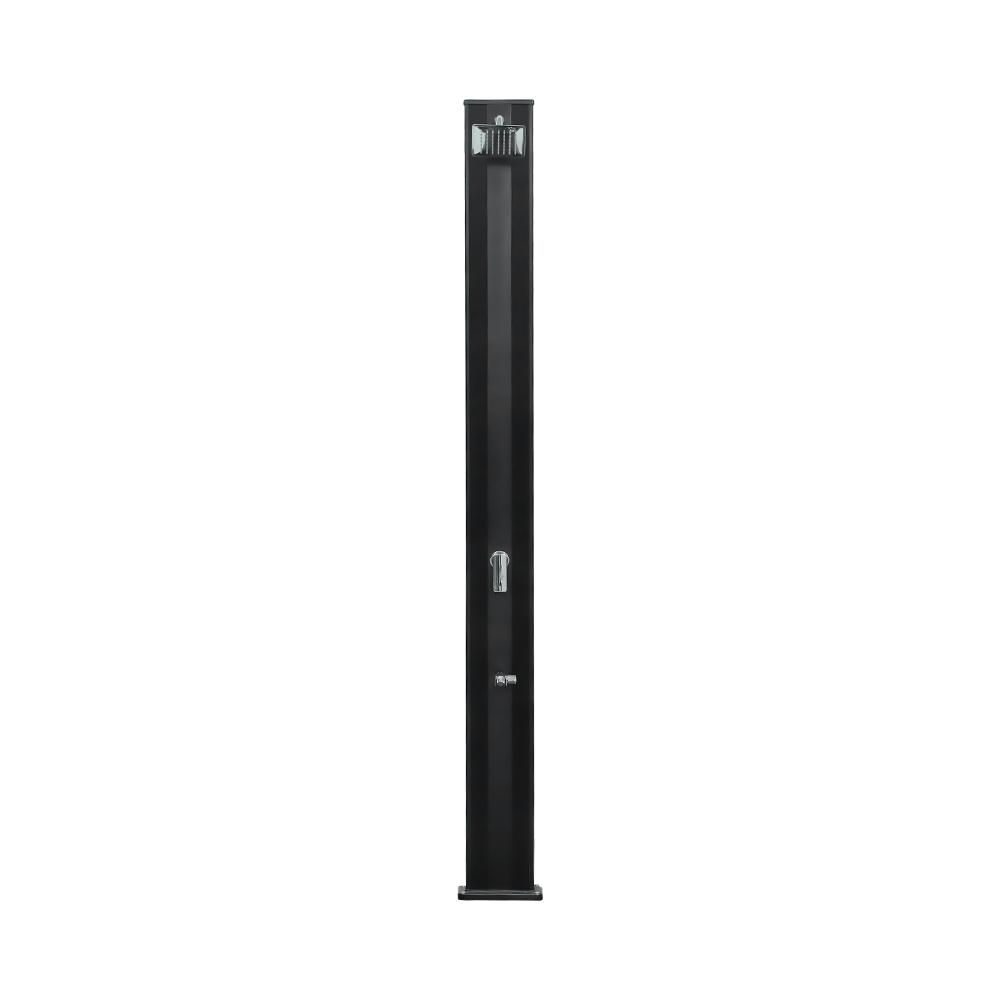Material and structural innovations address industry pain points, taking solar shower column energy efficiency to a new level.
Driven by the global green energy transition and consumer upgrades, the solar shower column industry is achieving performance breakthroughs through material innovation and structural optimization, overcoming long-standing challenges faced by traditional products, such as low heat collection efficiency and insufficient thermal insulation. Numerous innovative technological approaches have emerged within the industry, driving product upgrades toward higher efficiency and greater durability.
Innovation in the solar collection system has become a key breakthrough. Companies are optimizing collector structural design to improve light absorption efficiency. Pyramid-shaped and curved collectors are gradually replacing traditional flat-plate designs. Combined with reflective materials on the bottom, these collectors further concentrate scattered light, significantly improving heat conversion efficiency in low-light environments. The mainstream material choice is a combination of food-grade thermal radiation-absorbing materials and black polyethylene pipes. This ensures safety while also allowing the water flow to absorb heat efficiently through a three-dimensional, multi-ring pipe layout. Combined with a smart face shield, the system automatically adjusts light transmittance based on sunlight intensity, maximizing efficiency under varying lighting conditions.
Insulation and energy storage technologies are being simultaneously upgraded. New insulation materials like nano-aerogel are becoming widely used in accompanying water tanks. Their extremely low thermal conductivity reduces heat loss and prolongs the shelf life of hot water. Some high-end products also incorporate solar-lithium battery hybrid power systems, using a peristaltic pump to steplessly adjust the water flow. This not only achieves precise temperature control but also addresses the pain points of cloudy days and nighttime use, transforming solar shower columns from being "only for sunny days" to being "all-weather usable." These technological innovations not only enhance product practicality but also drive the industry's transition from single-use bathing tools to small-scale clean energy systems.

 English
English












